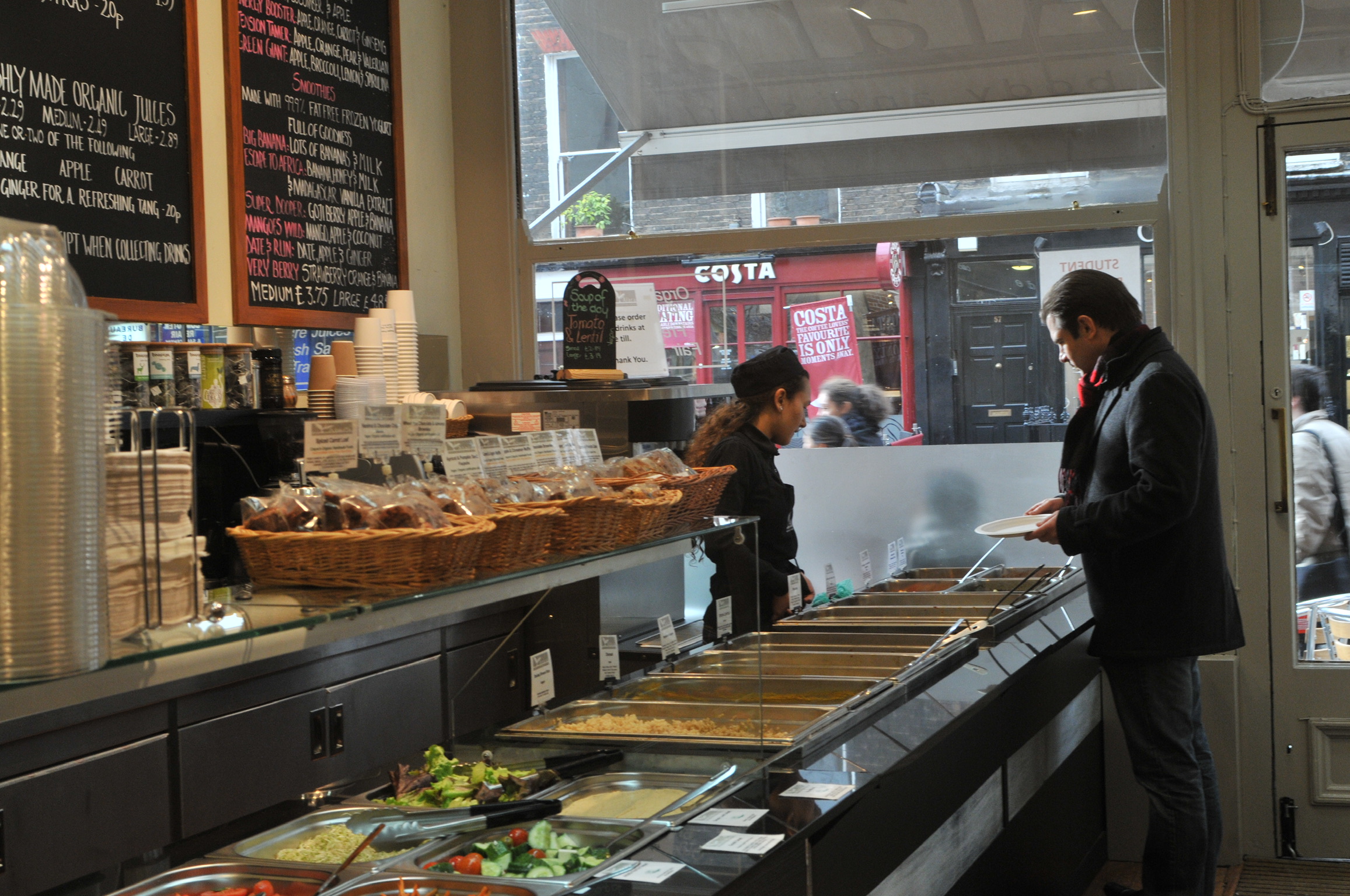Wellbeing Interventions
When influencing wellbeing in your organisation, it is possible to segment initiatives into either Primary or Secondary interventions.
Primary interventions positively impact all staff’s wellbeing directly and deal with initiatives that can move the wellbeing needle the greatest. These initiatives can include Strategic HR Support, training of Managers & Leaders and the reviewing of policies and procedures.
Secondary interventions also support wellbeing too but they rely on a solid base of primary interventions to be effective. Secondary interventions include training Mental Health First Aiders, employee development, employee perks and wellbeing related training such as emotional intelligence throughout the company.
Finding the right balance between Primary and Secondary interventions will support your organisation in creating a successful wellbeing strategy.

How do you reduce stress at work?
Reducing Stress
With the new working world increasing the demand for people to be agile and personally effective, there is a question of whether reducing stress from productivity is now a primary intervention for wellbeing.
For the last 90 years, many jobs have been governed by attendance, but if there is one thing we have learned from COVID-19, it is that organisations can drive performance by judging people based on role outcomes instead.
This fundamental change to how we value performance at work opens up a different approach to driving results. When we switch from managing attendance to outcomes, there becomes a greater benefit to reducing stress found in productivity; enabling people to become more effective with their time.
Reducing stress caused by productivity is now a Primary intervention for wellbeing. Whether you are helping your people to be better communicators, creatives or critical thinkers, you will be directly supporting the wellbeing of those involved.
Empower your people
Ask your people how they can be better communicators, better creatives, and better critical thinkers, then challenge them to go and achieve this. Just like wellbeing, productivity is personal, and so the journey must be led by each individual.
You can help reduce stress in work by empowering your people to own their development and by supporting a learning culture where persistent improvement and reflection is expected.
How do you reduce stress at work?










